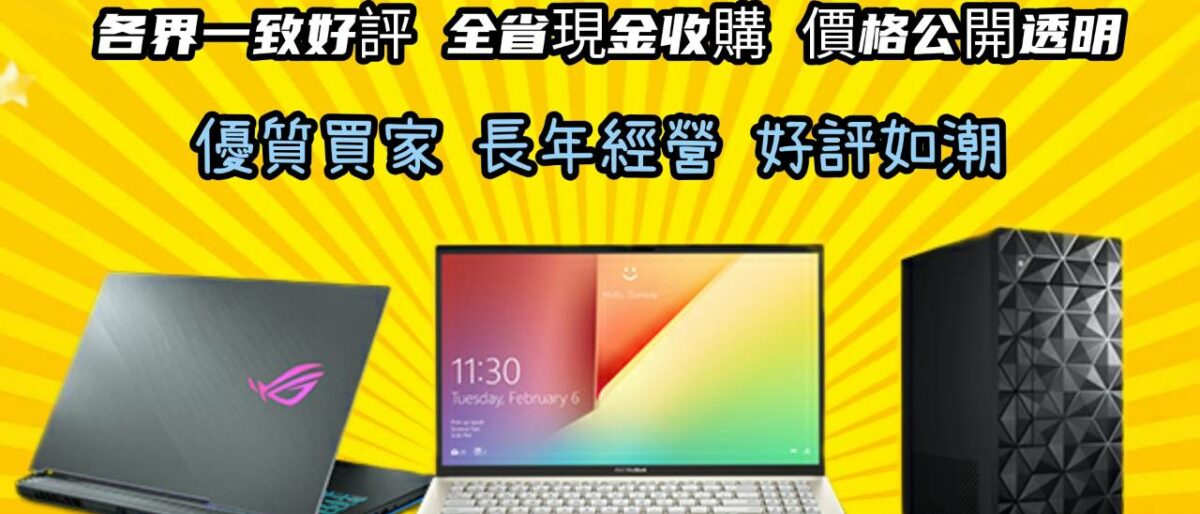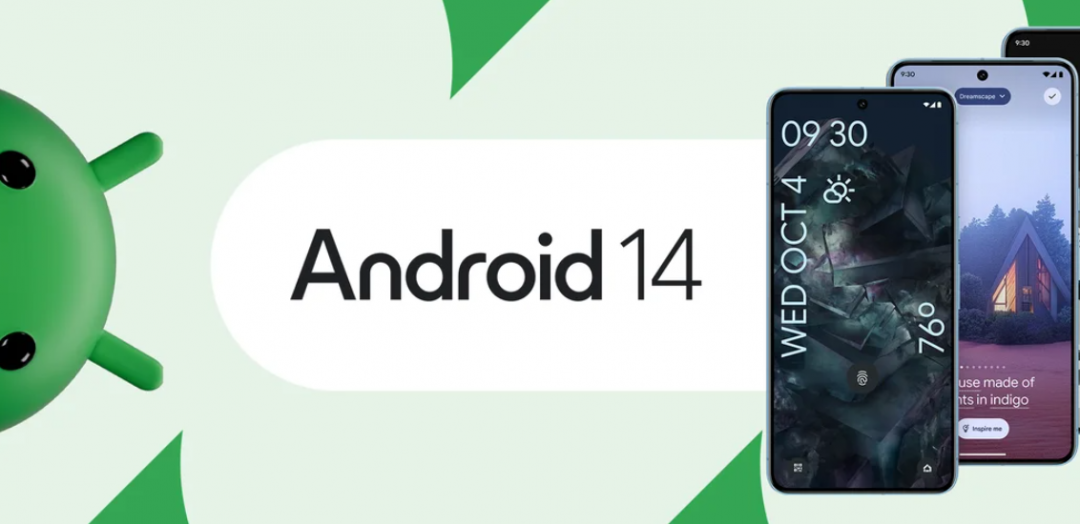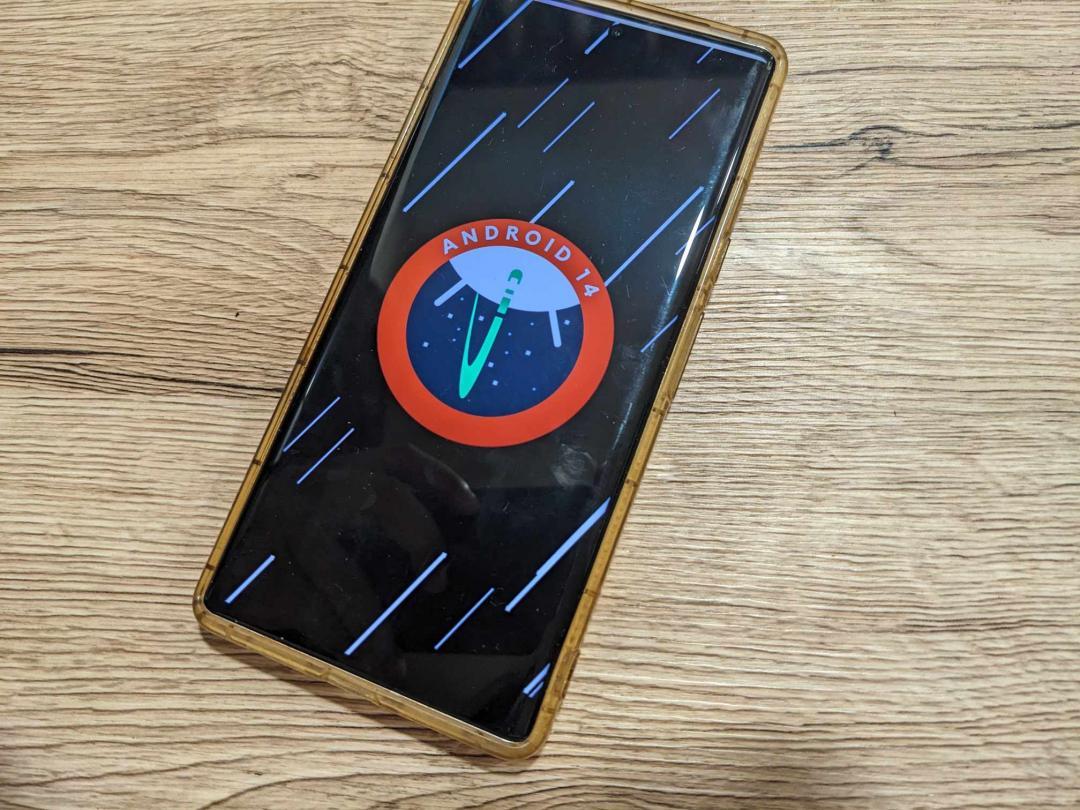各款式 筆電估價 筆電收購 收購ASUS筆電 收購ROG電競筆電 收購ACER筆電 收購Msi電競筆電 收購微 看全文

我們專業經營各項3C高價回收,收購電競筆電,文書筆電,輕薄筆 電,MSI,ASUS,ACER,HP,Razer,GIGABYBE,Microsoft,,多通路多管道,非坊間垃圾回收價,價格不怕您比較,歡迎企業戶汰舊換新,續約販賣,分期換現,電競筆電, 二手汰舊,手機,筆電,相機,鏡頭,空拍機
估價筆電
估價筆電lenovo has the portable business laptop down to a science. The company has done no shortage of experiments across the ThinkPad line, from featherweight chassis to OLED screens to titanium lids. But it’s unsurprising that the company has made very few changes to the ThinkPad X1 Yoga, a tried-and-true enterprise convertible that’s competent across the board.
Put the latest Gen 7 X1 Yoga next to its Gen 6 predecessor, and you won’t see much of a difference. There’s a new UHD Plus OLED screen option (but I haven’t tested that one — I’ve got a regular 1920 x 1200 LCD panel here), an ever-so-slight difference in weight, and a better webcam, but the primary difference is that the new Gen 7 is powered by Intel’s 12th Gen processors. My unit, currently listed for $2,369, has a Core i7-1260P with eight efficiency cores and four performance cores (as well as 16GB of RAM and 512GB of storage).
Unfortunately, that new processor doesn’t deliver the kind of performance gains I imagine many X1 Yoga users will care about — but it does lead to a decrease in efficiency that I think harms its outlook overall, especially compared to laptops from Apple. That may be an Intel problem rather than a 估價筆電lenovo problem, but it is a problem all the same.
First note: while the OLED screen may be a tempting option, I think the 1920 x 1200 touch option I received is quite adequate. I would recommend that most people go for this, given how much high-resolution OLED has been decimating the battery on thin-and-light devices this year (more on that later).
The 14-inch display is 16:10 (like most of 估價筆電lenovo’s current offerings), and while I occasionally had to zoom out to work in side-by-size windows, it was more than roomy enough. There are a few small upgrades from the panel we got on the Gen 6, including new anti-reflection and anti-smudge technology. I didn’t have many problems with glare, but I did find the panel retaining several visible smudges after a week or so of use. Those who worry about that can instead use the garaged stylus, which is included.
For those who are familiar with the X1 Yoga line, there are a few other upgrades from the Gen 6. The webcam has been bumped from 720p to 1080p resolution (it looks pretty clear, and you can tweak various settings with a preinstalled 估價筆電lenovo View utility). The new model supports Glance by Mirametrix, which can automatically lock the computer when you’re away and blur it if someone is peering over your shoulder. The Gen 7 supports HDMI 2.0b, where it previously stuck to the 2.0. This Gen 7 model is 0.02 inches thicker and 0.04 pounds heavier than the model we tested last year.
For those who are new here, I’ll briefly summarize what I like and don’t like about the X1 Yoga. On the plus side, it’s a nice-looking device with a unique gray color that pops out from the sea of black ThinkPads you’ll see in many offices (with splashes of red here and there, of course). Build is sturdy, and the hinge is especially impressive — you will not see any screen wobble when you type on this thing, regardless of the angle you set it at.
Port selection includes two Thunderbolt 4 USB-C and two USB-A in addition to HDMI (note that the two Thunderbolt 4 ports are both on the left, while there’s a USB-A on either side). The keyboard has a great click, and strokes don’t depress the deck, though some aficionados may find the travel too thin. The Dolby Atmos speaker system sounds great — I never needed my music or TV shows at more than half volume to hear everything.
My two primary complaints about last year’s chassis also remain. First, the touchpad is a bit small. I respect that this may not be a fixable problem on 估價筆電lenovo’s side. The issue is that the physical clicker buttons (a ThinkPad staple since the dawn of time) take up a fair amount of the touchpad’s vertical space. When I scroll up and down, my fingers are hitting plastic almost 100 percent of the time. While navigation is smooth, it feels ever so slightly cramped compared to other touchpads of this caliber.
Second, the X1 Yoga’s finish scratches somewhat easily. The unit’s lid had accumulated a few scratches after just a week of use. While I did carry it around in my backpack fairly often, sometimes packed with other things, including other laptops and tablets, that is a lifestyle some people expect their laptops to weather without issue. (Last year, the keyboard deck’s finish also got beaten up fairly quickly.)
Like other ThinkPads, this Yoga has a thousand and one configurations. The cheapest one I’ve found is currently listed at $1,456.95 (with a $2,649 MSRP. This is just how 估價筆電lenovo does pricing; don’t worry about it) and comes with a Core i5-1240P, 8GB of memory, and 256GB of storage. There doesn’t appear to be a Linux option this year like there was last year.
There are then all kinds of things you can add on — the OLED screen adds an extra $194 to the base price, and a fancy Microsoft Computer Vision camera that separates out the RGB and IR sensors is $111 extra. There are 4G and 5G modems available, and then you have your pick of preinstalled software, including Norton and McAfee, as well as Microsoft and Adobe. Glomping on every possible add-on, I was able to spec this ThinkPad up to a list price of $2,972 (which is actually not that horrifying, all things considered).
The way I feel about the 1260P processor inside this unit is that it’s clearly more than many general business users will need. For things like document markup, presentations, word processing, and video calls, I never got any heat or heard any fan noise — even on the Battery Saver profile, with 15-ish tabs and apps running in the background.
Unfortunately, I am going to have to say the dreaded sentence: I wasn’t impressed with the battery life. I got an average of six hours and 13 minutes out of this device at medium brightness — and while I sometimes saw the device break seven hours of continuous use with lighter workloads, it died after close to four and a half in other trials.
Needless to say, even the most generous seven-hour result is one that Apple and AMD are currently wiping the floor with in the ultraportable space (and at higher resolutions). And it is a significant step down from the X1 Yoga Gen 6, which reliably gave me over eight hours from this same workload. While different workloads and use patterns will always produce different battery life results, I’ve put this unit through quite a few battery runs, and I’m confident that most people will see shorter battery life on this unit than they did from the Gen 6.
The processor in that device, the Core i7-1165G7, was also more than adequate for my enterprise workload. For most people shopping for a thin, light, convertible business laptop, I’m just not convinced that increase in power is worth the corresponding decrease in efficiency.
It feels unfortunate that I can’t be more excited about this device because there are so many great things about it, from the clicky keyboard to the glare-free screen. But I’ve been using the X1 Yoga as my primary work device for over a week, and what I’ll remember the most about the experience is that I kept needing to get up and plug it in. I would trade the 1080p camera and HDMI 2.0 back to 估價筆電lenovo in a heartbeat in order to get those extra hours of juice. This might be a rare case where I would recommend a previous-generation laptop over a current-gen model for a sizeable group of shoppers.
That might not be everyone’s personal calculus. If you don’t need a device unplugged for more than five to six hours at a time, this is a more attractive computer for you than it is for me. Still, 估價筆電lenovo is charging a high price for this device, and there are companies out there making processors that will last you twice as long to a charge. I want a device that’s well over $2,000 to last me a workday, and we shouldn’t be asked to settle for less. A device with the ThinkPad’s beauty, power, price, and legendary branding deserves better.
 (圖翻攝Google 官方部落格)
(圖翻攝Google 官方部落格)
隨著新一代的 Google Pixel 8 旗艦系列雙機正式亮相,Google 於官方部落格宣佈,開始推送正式版的 Android 14 作業系統,延續過往慣例,首波可獲得搶先升級新一代Android 14 正式版的安卓裝置機型,以 Google Pixel系列為優先總計有11款。
支援系統升級的安卓Pixel 系列機型,涵蓋手機、摺疊手機與平板,總計多達11款,包括有:Google 中階 Pixel 4a 5G 版、中階 Pixel 5a、中階Pixel 6a、中階 Pixel 7a ,以及旗艦定位的 Pixel 5、Pixel 6、Pixel 6 Pro、Pixel 7、Pixel 7 Pro,以及摺疊旗艦Pixel Fold 與平板Pixel Tablet。(摺疊Pixel Fold 與平板Pixel Tablet,台灣均未引進)
 (圖/記者劉惠琴攝)
(圖/記者劉惠琴攝)
Google 並預告,除自家品牌的 Pixel 手機之外,首批可獲得更新 Android 14 系統的其它安卓手機廠商,共計有11大品牌,包括有:三星、Sony、Sharp、小米、OPPO、realme、vivo、iQOO、OnePlus、Tecno 與估價筆電lenovo。預估升級更新的時間點會在今年稍晚。
今年改版的新一代Android 14 系統,主要涵蓋的五大新功能特色,重點彙整如下:
一、可自訂鎖定螢幕快捷方式,如 QR 閱讀器或 Google Home 應用程式等,直接從 Android 鎖定螢幕就能快速地一鍵開啟常用的應用程式。鎖定螢幕的字體風格或顏色、以及小工具同樣也都能自訂。
二、相機支援更高階解析度的Ultra HDR(可相容 JPEG 圖檔)照片格式。
三、強化個人數據、共享位置數據的隱私安全。將可更清楚地了解存取用戶資料的應用程式是如何使用個人的資料。透過共享數據更新的功能,當被要求授予應用程式存取位置資訊等相關權限時,以及該應用程式與第三方共享位置數據時,會收到系統自動通知,讓用戶可享有決定授予存取權限的隱私防護功能。
四、首次加入AI自動生成桌布功能,可從系統預設的建議中進行選擇,僅需點按幾下即可快速建立展現個人風格特色的桌布畫面。此功能率先於Pixel 8 和Pixel 8 Pro 上線。
五、把健康應用「Health Connect」App,納入作為Android 14系統的預設原生應用。
估價筆電 估價筆電